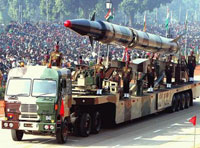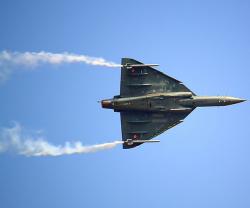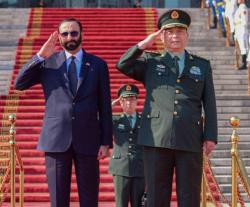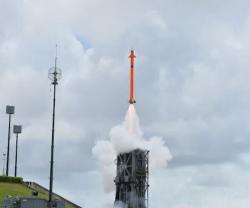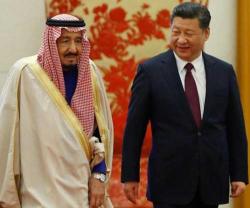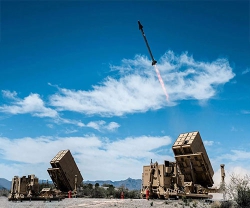India is estimated to have produced approximately 520 kilograms of weapons-grade plutonium, sufficient for 100 to 130 atomic warheads; however, not all of the material has been converted into warheads, a pti report said quoting Director of the Nuclear Information Project Hans Kristensen and senior fellow for Nuclear Policy Robert S Norris wrote in the Bulletin of the Atomic Scientists.
Based on available information, Kristensen and Norris estimate that India currently has 80 to 100 nuclear warheads for its emerging Triad of air, land, and sea-based nuclear-capable delivery vehicles.
“It will need more warheads to arm the new missiles it is currently developing,” they claimed.
“In addition to the Dhruva plutonium production reactor near Mumbai, India plans to construct a second reactor near Visakhapatnam, on the east coast. India is building an unsafeguarded prototype fast-breeder reactor at the Indira Gandhi Centre for Atomic Research near Kalpakkam, which will significantly increase India's plutonium production capacity once it becomes operational,” they wrote.
They said India's drive to develop a nuclear triad proceeds apace, with New Delhi developing or deploying several weapon systems to realize its goal of achieving offensive nuclear forces on land, at sea, and in the air.
“India took a significant step forward with the successful test-launch of the Agni V ballistic missile on April 19, 2012. With a range reportedly greater than 5,000 kilometers, the Agni V can reach any target in China; however, the missile needs more testing and is still several years away from operational deployment,” they said.
Though India possesses nuclear weapons and maintains short-and- intermediate-range ballistic missiles, nuclear-capable aircraft, surface ships, and submarines under development as possible delivery systems and platforms, India has a declared nuclear no-first-use policy and is in the process of developing a nuclear doctrine based on 'credible minimum deterrence.
In August 1999, the Indian government released a draft of the doctrine which asserts that nuclear weapons are solely for deterrence and that India will pursue a policy of “retaliation only”.
The document also maintains that India “will not be the first to initiate a nuclear first strike, but will respond with punitive retaliation should deterrence fail' and that decisions to authorize the use of nuclear weapons would be made by the Prime Minister or his “designated successor(s).”
India’s first nuclear test occurred on 18 May 1974. Since then India has conducted another series of tests at the Pokhran test range in the state of Rajasthan in 1998.
Source: ptinews

